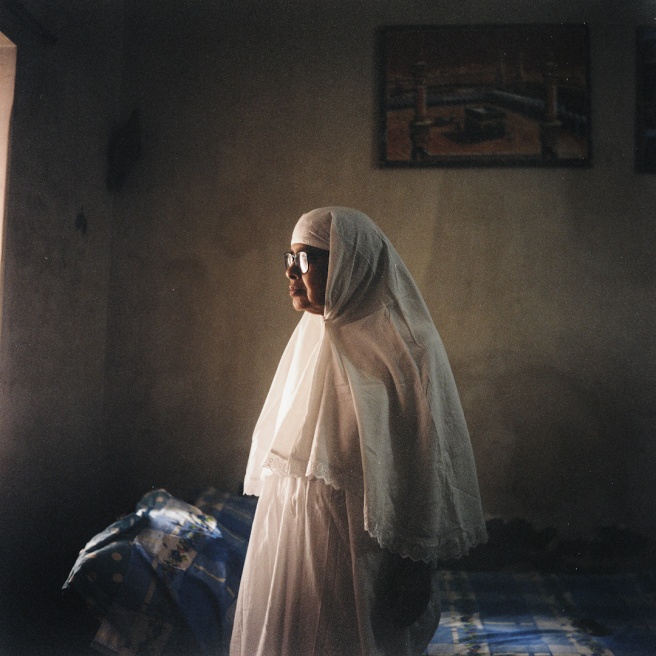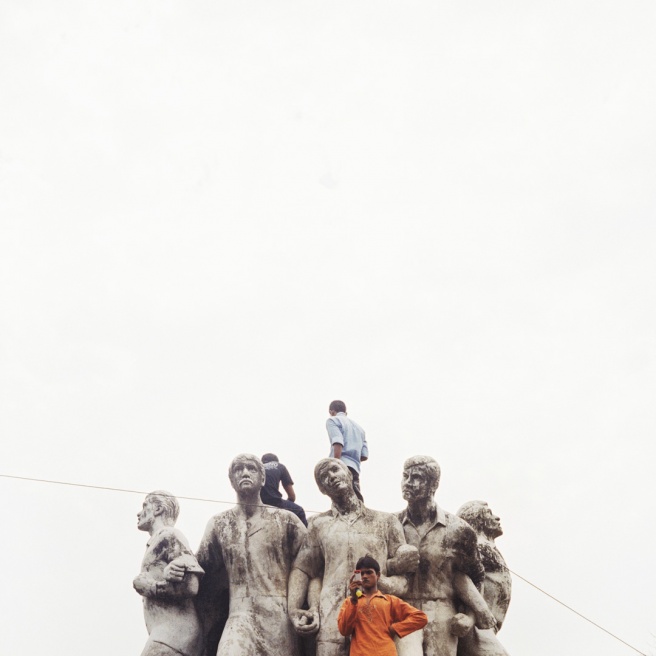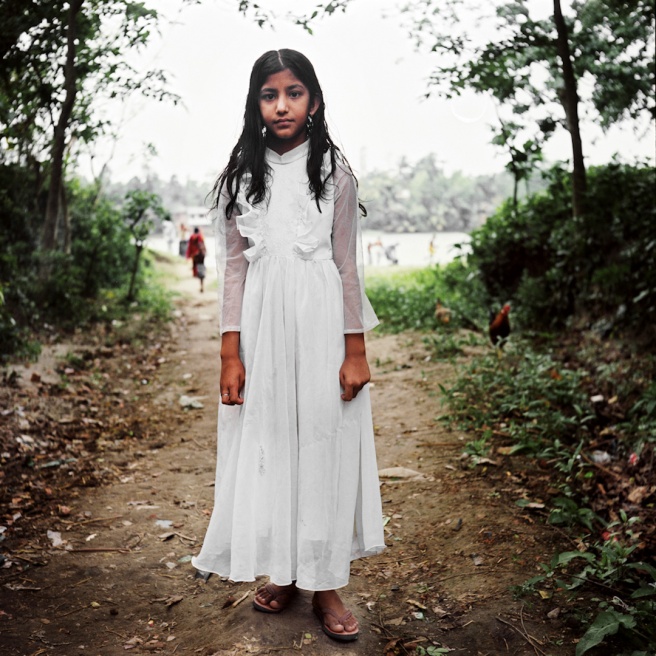“A Woman’s War: Bangladesh”
by Elizabeth D. Herman
This year marks the 40th anniversary of the birth of Bangladesh, a nation that emerged from a bloody fight for independence from Pakistan. The story of Bangladesh’s liberation struggle is one that is well told and well remembered by the nation; the official narratives are retold and exchanged often – and often by heart. Stories of the origins of the movement, of its key players and events, of its Freedom Fighters, or mukti juddha, who came together to fight for Bangladeshi independence and emerged victorious in December 1971 after nine months of intense guerrilla warfare, are recounted in schoolbooks and events across the country, month after month, year after year.
But the individual stories stray from these official narratives. They begin long before the start of the war in March 1971, and continue far beyond its conclusion. They are the stories of women who grew up during the heart of the Language Movement, who attended college amidst intense political and social upheaval. Who found themselves in the middle of a war-torn country – and at the frontlines of the battle for its independence.
A woman’s war is distinct. She not only has to be a fighter, but is also expected remain a mother, wife, and anchor of the family. Women performed key roles in the 1971 war, serving as combatants, informants, nurses, weapons smugglers, and much more. They also suffered its consequences: psychological trauma, physical debilitation, displacement, widowhood, mass rape with associated pregnancies, and the destruction of their homes and livelihoods. At the end of the war, they were left with the dual burden of confronting its scars, while attempting to reconstruct their own and their family's lives.
Yet, their ordeals remain largely invisible; as Sharmeen Murshid writes, “the 16 volume history of the liberation war published by the government shows an incredible amnesia about the role of women combatants…only emphasiz[ing] women as victims.” With records and rituals of recognition ignoring women’s contributions, their struggles both during and after the war are unrecorded and unrecognized.
I set out a year ago hoping to learn some of the accounts of these women. What I found was a whole other history from the one that I had read about in books and papers.
The project started as a kernel of an idea, sparked by photographs I saw in Drik Photo Agency’s 1971 archives: images of Bangladeshi women in beautifully draped white sarees, marching in perfect lines, rifles perched on their shoulders. Images led to questions – What was the role of women in this war? Why isn’t their history as readily known as other narratives in the mainstream? – that blossomed into an oral history and photography project – “A Woman’s War” – the images and words that you see now.
The journey took all of 2011 and crisscrossed Bangladesh, bringing me from the heart of its megacity capital of Dhaka to some of the most remote villages in the countryside, weaving throughout the country’s seven districts along the way. It led me to veterans, activists, legal experts, writers, and artists engaged in these issues of memory and history. It opened the door to a community of women who had been carrying with them their stories from 1971, most untold in forty years since the war’s completion. Through personal interviews and immersion into the day-to-day existence of individual women, I have focused on three aspects of their lives and the way that the war has defined them, and their families, and their communities:
1. Personal History: With portraiture and recorded testimonies of female mukti juddha, I hope to add to the histories of the independence struggle and subsequent re-construction of Bangladesh. While the testimonies include women’s wartime experiences, they focus on their lives in the decades since, highlighting the struggles in reconciling the dual roles of fighter and caregiver they have been expected to fill in society.
2. Physical Scars: Bangladesh’s Liberation War was fought at the doorsteps of every home in the nation; the battlefields were the streets and alleys of her cities and villages. Its scars exist within the souls of the victims and on the surfaces of the country. I visually explore, using individual memories as guides, sites where personal histories were made and personal traumas defined.
3. Memories & Dreams: As Bangladeshi photographer Shahidul Alam writes,
What of the photograph made out of nothing? What about painting with light? Is it photography? Surely if we can paint with light we can paint with dreams…Is it fake? Hardly. Whatever else may be false in this tenuous existence of ours, imagination is not…If pixels be the vehicle that realizes our dreams, be it so.
Using photography as a ‘vehicle’ for the imagination, I work to evoke intangible memories and traumas of this conflict, and the subsequent personal reconciliations experienced by these women. I seek to visualize not only what these fighters have experienced, but also where they wish to go – the dreams they hold for themselves and their children.
The women that I have met and the testimonies that they have shared are fascinating and heartbreaking. Conversations included women who ignited the liberation movement, meeting every week under a banyan tree at Dhaka University to protest oppression by the West Pakistani political elite; those who dedicated their lives to the war, losing children and spouses, parents and siblings along the way; women who provided unwavering care and shelter to extended family and fellow mukti juddha, strengthening the war effort and moving it forward; women who stepped into spaces where even many men would not dare to go.
What emerged from these meetings is another narrative of the war, told through the words of women actively involved in the liberation movement. They have been at the center of this struggle, from the buildup in the years prior to March 1971, to the reconstruction efforts that have continued in the forty years since. They have spoken to me about the importance of sharing their histories in this moment; with the start of war crime tribunals, they underscore a hope that a reassessment of national history will take place, one that brings the role of women into the story. Through these conversations, the purpose and urgency of this project has become increasingly clear: the need to record the histories and perspectives that the nation has yet to confront, yet whose documentation and acknowledgement is crucial if Bangladesh – and these women who fought for its independence – are to find justice and peace.






























